The first Romanian school museum stands prove for the intense and prosperous spiritual and economical life, especially since when Brasov always kept close ties with Moldavia and Wallachia.
In this case and also due to the necessity of grounding and consolidate the Christian orthodox education appear the strong desire of establishing a school in Brasov. It must be mentioned that back then the trade connections with Romanian Land (Tarile Romane), Balkan Peninsula, even with Syria, Egypt or Levant were quite strong.
In the medieval age, the first Romanian school functioned under the old Sf Nicolae princely church especially because the priests were the school’s founders or teachers. So in that period of time the school activity and church were strongly connected according to the documents and through this fact the famous scholars were brought up front. The first Romanian school built just a few steps away from the Sf Nicolae church, was documentary attested in 1495 on the same place where in the 12th century was another even older school. Neagoe Basarab, the voivode of Romania under great Christian feelings demands the construction out of stones of these two representative places (Sf Nicolae church and the first Romanian school). Petru Cercel, Mihai Viteazu or Aron Voda were also the school founders among others. The importance of the first Romanian school comes from Coresi deacon, who first brought inside the school a printing press and started printing 17 church and lay books in Romanian and Church Slavonic. Valuable works like „Psalter”, „The second homiliy or the Romanian teaching book”, „Octoihul” etc. are presented inside the nowadays school. Among other tipping presses from the country, this one is „the first” along with other top works like the first chronic on Romanian matters, the first Romanian grammar and the first Romanian almanac. All these being printing right in the city at Tampa’s foot no one should wonder that the residences of Brasov are the most correctly grammatical speakers around the country. The school imposed its authority through its domination power in teaching priests, deacons, church singers who remained loyal to the Eastern Christian belief, by the time when the Christian Orthodox church and the Metropolitan church from Alba Iulia were demolished. The Romanian style construction with church porch dated since 1760-1761 was influenced by the architecture from Wallachia (Tara Romaneasca). The first Romanian school functioned since 1399 in a wood building and the nowadays museum dates back to 1597 or 1766. In present the museum has five rooms preserving the school’s teachers activity. The nowadays „Anton Pann” room had been many times visited back then by the great story-teller. The room is not only the memory of the writer who during the 19th century taught music and wrote manuals, sending money after his leave to buy a proper furniture, but also the documents illustrating the teaching book from 1390 showing that the school dates back since around the 11th -12th centuries. The bdquo; Coresi deacon” room demands respect for the one whose statue stays in the Sf Nicolae church yard: „Dac-am cetit, bine am ispitit si socotit si am aflat ca toate talcuiesc, acleve-reaza si intaresc cu Scriptura sfanta si mie tare placura si am scris cu tipariul voao fratilor romanilor sa va fie pre invatatura”. The „Brasov book and schoolars” presents the translators, copyists, writers, musicians or artist whose great valueable works are preserved in the school’s archive. The oil paintings of the one founding the „Andrei Saguna” high school are exhibited also in this room. The „Book, national unity factor” room keeps the most valuable master pieces of medieval Romanian language: „Varlaam’s homily”, „Laws Guide”, „The Bible from Bucharest” etc. due to the medieval conditions the Romanians were separated in regions and the only thing keeping them spiritual united was the book and Romanian language. Here are to be found over 80 princely documents printed on gilded parchments. In the dwelling room we find the small ethnographic space presented through the dwelling places, glass painted icons and Saxon house objects from Schei creating inside the tourist great empathy with the local traditions of that period. Nowadays the first Romanian school is a museum complex presenting besides the objects inside also the buildings in the complex like „Coresi printing press”, „The Juni from Schei Brasov”, „The exhibition of old Romanian book”, „Tudor Ciortea” memorial museum, the museum dedicated to Nicolae Titulescu, Ion Colan or the Stefan Mironescu paintings museum. All these buildings raise the museum’s value. Some personalities work and effort made visiting possible and also the preservation of Romanian language and art. Make time and just for a moment sit down in the 19th century old desks, which preserved the history of the first Romanian school.






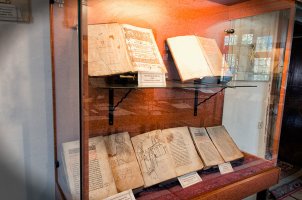
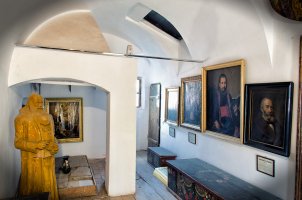
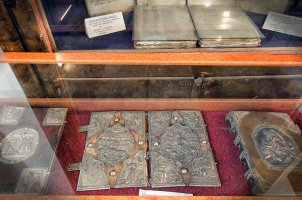
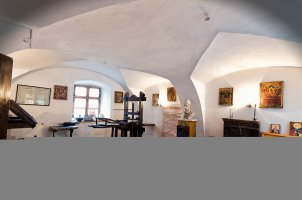
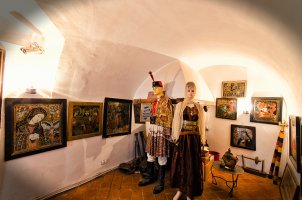
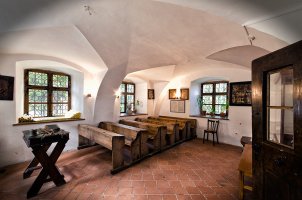
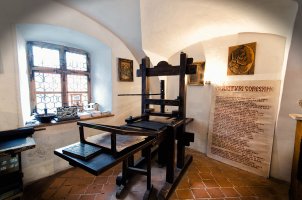
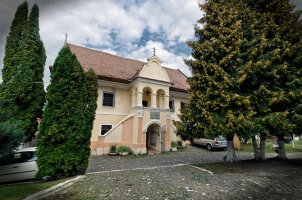
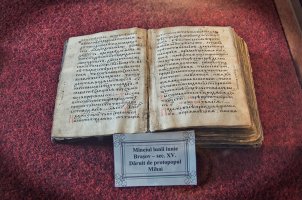
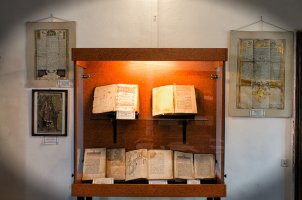
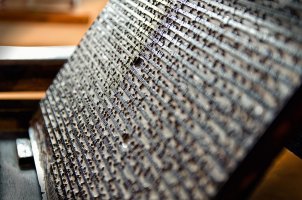
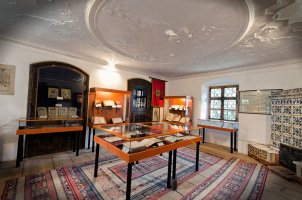
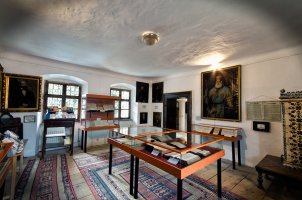
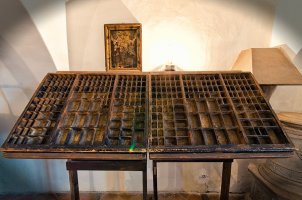
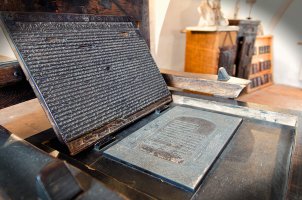
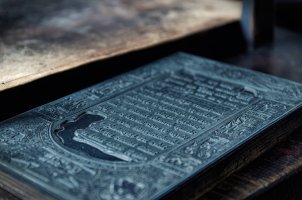
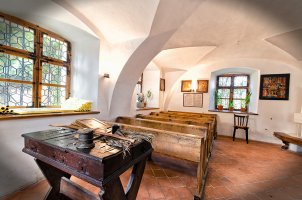




 © 2006 - 2025 by Eyescape Media. All rights reserved .
© 2006 - 2025 by Eyescape Media. All rights reserved .